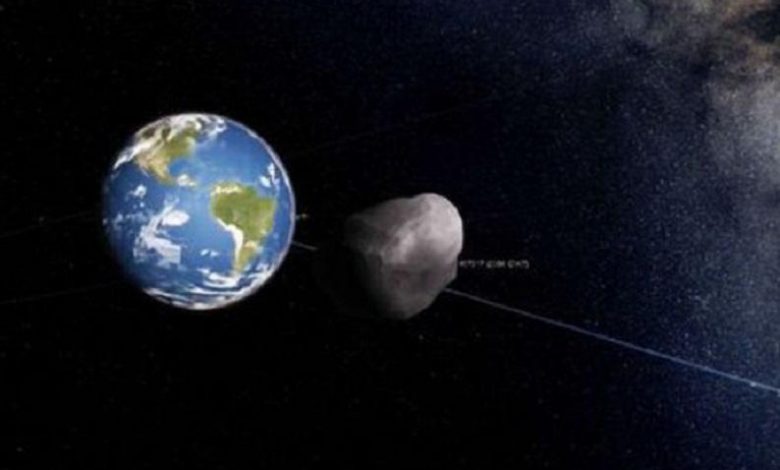Impressive space stone 2000 QW7 also flying around Earth without risk this time

The impressive space stone 467317 (2000 QW7) comes to visit us every 19 years. The asteroid, with a diameter of almost 300 meters and a length of 650 meters, skims the earth on September 14, reports American TV channel The Weather Channel.
Fortunately, astronomers assure that there is no chance of a hard-handed meeting with the alien visitor. “Nothing to worry about.” A distance of over 5.3 million kilometers seems far enough to rule out a collision, but space agency NASA is keeping a close eye on the cosmic piece of rubble.
This also applies to any asteroid more massive than 130 meters that comes closer than 7.48 million kilometers. Anyway, we did not notice anything here on earth about the passage on 1 September 2000 either. We can see the 467317 (2000 QW7), which crosses the universe at a speed of 23,000 kilometers per hour, with the naked eye anyway.
Potentially dangerous
In addition to the towering 467317 (2000 QW7), NASA also holds 5000 other geographers considered potentially dangerous. All with a diameter larger than 300 meters. The experts estimate that life on Earth, unlike dinosaurs 65 million years ago, is quite safe this century.
Another passer-by who could cause misery is the Apophis asteroid. In 2029, this intergalactic boulder comes along at a distance of only 30,000 kilometers. Astronomically, the space rock, which is longer than the Eiffel tower high, really skims past.
God of chaos
However, they fear that Apophis – named after the Egyptian god of chaos – does not touch the Earth according to scientists. The fact that the asteroid could, in practice, fly between two satellites makes it a perfect moment to study the thing up close.
But ordinary mortals can also follow the chaos god on his journey through the sky. It is expected that it will be as bright as the surrounding stars and therefore easily perceptible. The next lightning visit from Apophis, somewhere in 2036, will take place at a much ‘safer’ distance of 36 million kilometers.




